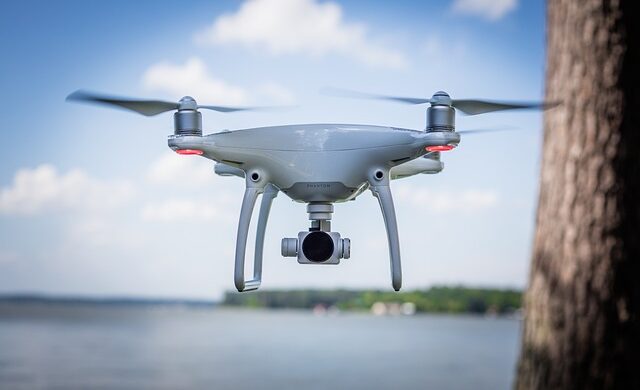Ensuring your drone is D.G.C.A Compliant: A Comprehensive Guide
Flying a drone in India is an exciting venture, but it comes with a set of regulatory requirements set by the Directorate General of Civil Aviation (DGCA). Compliance with these regulations is crucial for safe and legal drone operation. Whether you’re a hobbyist or a professional, here’s a detailed guide on how to make your drone DGCA compliant.
Understanding DGCA Regulations
The DGCA has established comprehensive guidelines for drone operations under the Civil Aviation Requirements (CAR) for Remotely Piloted Aircraft Systems (RPAS). These guidelines cover various aspects of drone usage, including registration, equipment standards, operational restrictions, and pilot requirements.
Step-by-Step Guide to DGCA Compliance
1. Drone Classification and Usage
First, identify the category of your drone based on its weight and intended use. The DGCA classifies drones into five categories:
– Nano: Less than 250 grams.
– Micro: 250 grams to 2 kilograms.
– Small: 2 kilograms to 25 kilograms.
– Medium: 25 kilograms to 150 kilograms.
– Large: Greater than 150 kilograms.
Ensure your drone falls into the correct category and understand the specific rules applicable to that category.
2. Drone Registration
All drones except those in the Nano category (used for non-commercial purposes) must be registered with the DGCA. The process involves:
– Digital Sky Platform: Register your drone on the DGCA’s Digital Sky Platform.
– Unique Identification Number (UIN): Obtain a UIN for your drone. This involves providing details like the make, model, serial number, and specifications of the drone.
– Operator Permit: For commercial operations, you will also need an Unmanned Aircraft Operator Permit (UAOP).
3. Equipment Requirements
Ensure your drone meets the DGCA’s equipment standards, which include:
– GPS: A reliable GPS for accurate positioning.
– RF ID and Return-to-Home (RTH): For identification and safety.
– Geo-fencing: Technology to prevent the drone from flying into restricted zones.
– No Permission No Takeoff (NPNT): Comply with the NPNT protocol, which requires obtaining permission via the Digital Sky Platform before every flight.
– Fireproof ID Plate: Display the UIN on a fireproof plate attached to the drone.
4. Operational Guidelines
Adhering to operational guidelines is crucial for compliance. Key points include:
– No-Fly Zones: Avoid restricted areas such as near airports, military bases, and international borders.
– Visual Line of Sight (VLOS): Maintain a direct line of sight with your drone at all times.
– Height Restrictions: Do not fly your drone above 400 feet (120 meters) in uncontrolled airspace.
– Daylight Operations: Fly only during daylight hours and in good weather conditions.
– Privacy and Safety: Ensure you do not invade privacy or pose a safety risk to people and property.
5. Pilot Certification
If you’re operating a drone for commercial purposes, you need to be a certified Remote Pilot. This involves:
– Training: Completing a DGCA-approved training program from a recognized Flying Training Organization (FTO).
– Remote Pilot License (RPL): Obtaining an RPL after passing the required exams and assessments.
6. Insurance
Secure adequate insurance coverage for your drone to protect against potential liabilities, including third-party damage or injuries.
7. Post-Flight Requirements
After each flight, log the flight details, including duration, route, and any incidents. This log may be requested by the DGCA for inspection.
Staying Updated with Regulations
The DGCA periodically updates its regulations to keep pace with technological advancements and changing security landscapes. Regularly check the DGCA website and the Digital Sky Platform for updates and ensure ongoing compliance with the latest rules.
Conclusion
Achieving DGCA compliance for your drone is not just about adhering to legal requirements; it’s about ensuring safety, security, and responsible usage of drones in Indian airspace. By following this guide, you can navigate the regulatory landscape with confidence and enjoy the full potential of your drone activities legally and safely
Author


